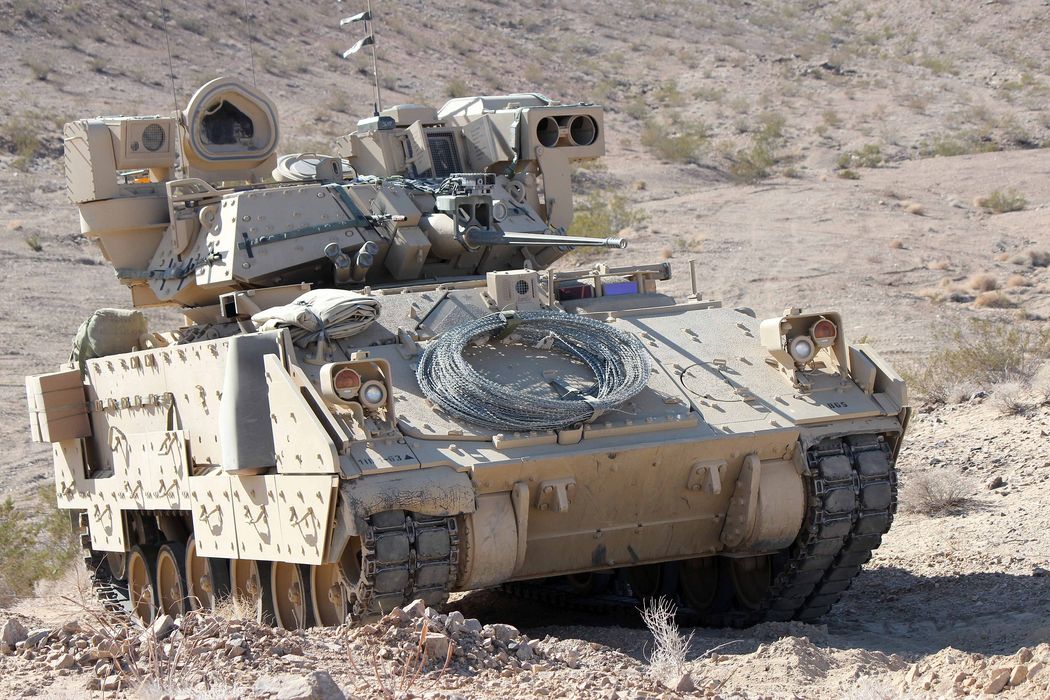
SPEE3D just did something that shouldn’t normally be possible.
The Australian company produces an unusual metal 3D printer that uses kinetic energy to form parts. Particles are blasted at supersonic speeds, where they naturally fuse together on a target to gradually build up an entire object.
Their technology produces large metal parts quite quickly, and does not require anything close to the expensive “clean room” environments needed by LPBF metal 3D printing processes.
Because of this advantage, SPEE3D’s technology has been of considerable interest by several militaries. The idea would be to deploy the tech in the field, where replacement parts could be quickly produced. That greatly simplifies the logistics of keeping military systems operational.
SPEE3D has met that need by developing shipping container-sized mobile units that include all necessary tools, along with the 3D printer, to produce metal parts. The XSPEED system is described as:
“Containerized, ruggedized, and easily deployed, XSPEE3D can be powered up and ready to fabricate parts immediately in remote locations and harsh conditions.”
This, in turn, is then packaged up into what SPEE3D calls the EMU, or “Expeditionary Manufacturing Unit”. It’s an XSPEED combined with the company’s SPEE3DCell post processing unit.
That sounds quite suitable, but there’s one big problem: would anyone be able to operate the equipment? After all, metal 3D printing is a highly complex business. People take years of training to master additive manufacturing. Many LPBF workshops employ a squad of engineers to carefully plan out each build job to avoid failures. That’s not going to be the case in a typical military situation.
The US Army wanted to determine if one of their personnel would be able to successfully produce a replacement part without ANY prior experience in additive manufacturing. A test was performed last month at the US Army Combat Capabilities Development Command (DEVCOM) Army Research Laboratory (ARL) in Tennessee.
A random soldier was selected for this test. SPEE3D explains what happened next:
”The soldier, who had no experience using SPEE3D’s proprietary cold spray additive manufacturing (CSAM) technology, printed a Bradley Fighting Vehicle’s transmission mount. The part was installed in a Bradley and the vehicle was take out on multiple test cycles through the 278th field test area. Upon return, the part was examined and showed no degradation. This exercise proved that SPEE3D’s CSAM technology can successfully create a repair part and restore the vehicle to operational capability returning it to the fight. VRC Metal Systems was also involved in the additive manufacturing demonstration.”
It also proved that somehow SPEE3D has packaged their CSAM technology into XSPEED in a way that it is easily used by almost anyone. That could be a critical advantage in an active military operation.
Materials Engineer at DEVCOM ARL Michael Nicholas explained:
“This demonstration successfully illustrated how cold spray technology can be utilized to positively impact the warfighter in expeditionary scenarios. Expeditionary cold systems provide added repair and manufacturing capabilities which can address supply chain challenges as would be expected in a contested logistics environment. Overall, this advanced manufacturing demonstration was extremely successful due to our amazing partnerships with industry, academia and future technology users.”
Success in anything is largely determined by removing as much friction as possible to achieving the goal. Here it seems that SPEE3D has done that with their easily useable system.
Via SPEE3D
